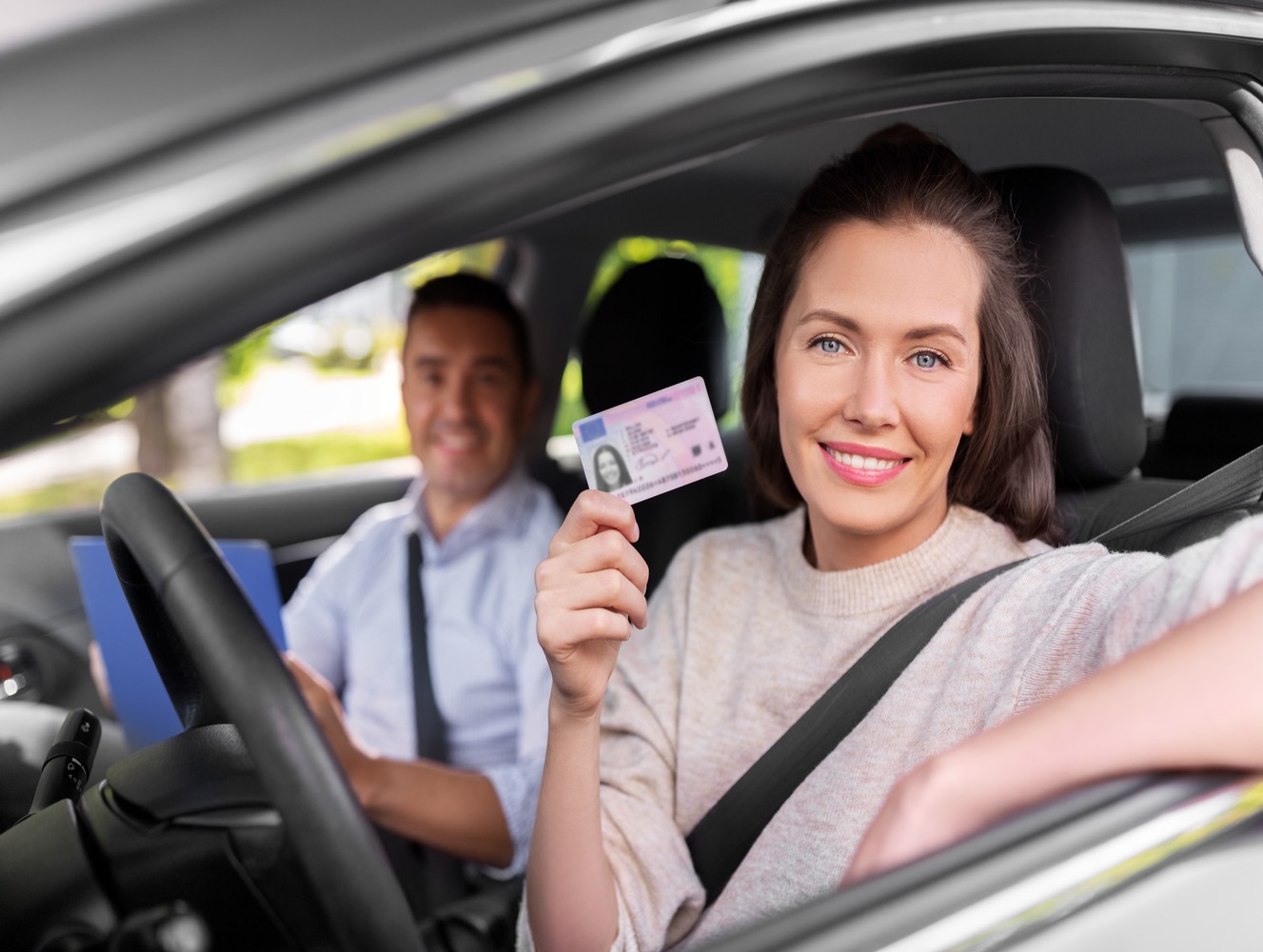
Licence France Xpress
Add a review FollowOverview
-
Founded Date March 22, 1966
-
Posted Jobs 0
-
Viewed 63
Company Description
What’s The Reason? Driving License Is Everywhere This Year
How to Get Your First Driving License
The first time a new driver has a driving experience can be thrilling. However, obtaining one is not without certain procedures and restrictions that are which are set by the Graduated License Law.
 First, drivers must pass a vision test and an exam written. They also must complete a driver education course approved by the state and record their practice hours.
First, drivers must pass a vision test and an exam written. They also must complete a driver education course approved by the state and record their practice hours.
Permit
The learner’s license is a crucial step towards getting your full driving license. It allows you to drive under the supervision and guidance of a certified driving instructor for a certain amount of time. This is usually between six months and a year. The license holder is also required to obey the limitations on the card. These include the time they can drive and the number of passengers who can be in their vehicle.
The process for obtaining an learner’s license involves meeting eligibility rules, scheduling tests and completing them. The requirements differ by state. In New York, for example applicants must fill out an application (MV-44) and provide proof of their birth date and identity, and have an adult or parent sign the form. The DMV requires additional proof of identity such as military IDs or passports. This documentation can aid you in avoiding unnecessary delays while working towards your permit.
Once you pass the written and visual tests, the DMV will issue you with a learner’s permit. During the assessment you will need to read numbers and letters while covering one eye. You will also need to examine a series of forms and follow the guidelines of the DMV staff. If necessary, you can wear glasses or contacts for the test.
The DMV will conduct the test in both writing and visually at their offices where you are also able to pay your fee. You will receive your permit by mail once you pass the test. Keep your permit handy when driving, and be sure you follow the restrictions.
Intermediate License
If you’ve successfully completed your period of controlled driving (instruction permit) and passed the written test then it’s time to apply to apply for an intermediate license. The test consists of 20 multiple-choice tests on traffic laws regulations, rules, and signs. You must answer correctly at least 14 of the questions to pass. It is a good idea to practice for the test, to become familiar with the subject before you take it. To prepare, you must also read through the Driver’s Manual.
The next step is the road test. This is an exercise in driving that demonstrates your ability to drive a car safely in a variety of conditions. You will be asked to execute basic maneuvers like backing up, turning left and right and driving up to 60 mph. You’ll be required to show your ability to drive a vehicle with various kinds of loads, including passengers and emergency situations.
After passing the test, you’ll be issued a temporary driver’s license with a photo that you’ll keep until your full one arrives in the mail. If you fail the test, you’ll receive a feedback letter from your examiner. This will include suggestions for improving your driving abilities. You are able to retake the test at as many times as you like.
The New York State’s Graduated License Law places special restrictions on drivers who are teen. The restrictions are different depending on the three geographic areas in the State – Upstate, NYC and Long Island (Nassau and Suffolk) you live in.
If you hold an intermediate driving license in NYC for instance you must be accompanied on the road by a licensed driver who is at least 25-years-old, unless you are going directly to school or work. Additionally, you’ll be restricted to the number of passengers you can carry when you’re an intermediate license owner in NYC. The restrictions are designed to minimize teen driving distractions, which have been proven to be among the leading causes of crashes among teens and deaths. This is a great thing for everyone who drives on the roads.
Restricted License
In certain instances drivers’ licenses can be suspended because of an alcohol or drug-related offense like DUI or DWI or refusing to submit to a breath or blood test, or having too many récupérer des points sur le permis de conduire on the driving record. In these instances, drivers who wish to drive during the suspension period may be qualified to be granted a restricted license. The process for obtaining the restricted driving license differs from state to state. The driver must show that not being able to drive will place them under an undue burden. This requires them to prove an acceptable reason, such as the inability to access public transportation or attend classes.
The restrictions of restricted driving licenses vary from state to state. Some common restrictions include driving to and from events that are social or recreational driving within certain counties or municipalities or driving for reasons not related to household maintenance (i.e. grocery store or gas station, pharmacy, etc.). Drivers on a restricted license must also install and maintain an ignition interlock device inside their vehicle, which ensures that they aren’t driving under the influence of alcohol or other drugs.
It is crucial that drivers who are thinking about applying for a limited license know they must adhere to the rules and regulations set by the program. If they violate these guidelines, then they could face additional fines and/or have their restricted licence revoked.
A restricted license could be an effective option for those who aren’t capable of living without a car to get around however it is far from the ideal solution. Alternative methods of transportation, like carpooling with co-workers and neighbors, or even hiring a trusted family member to drive you around, are all great options to avoid the hassle of having your license suspended.
If you’ve been arrested for DUI in New York, a traffic hearing lawyer will assist you to determine if you’re eligible for a restricted driving license and guide you through the entire process of getting back your full driving privileges. Contact us today to learn more about how we can assist you in your case.
Full License
As you gain more driving experience and prove that you’ve acquired the necessary skills to be able to safely drive on your own, you’ll work towards obtaining a full license. This is usually known as a Driver’s License in the US and you’ll need to pass both a written exam and an examination on the road. The license will also require you to provide proof of age and a clean driving history. You can prepare for the test by attending an instructor-led pre-licensing program or driving school. You should also practice under supervision prior to your test.
The process to obtain an official license differs from state to state, but most states have some form of graduated licensing laws. This entails some limitations, like a limit on the number of passengers you can carry and when you can drive. Also, it sets an age limit. These restrictions are intended to give new drivers a chance to learn and demonstrate that they are capable of driving a car.
You can get a Class D license (Junior driver) in New York at 16 years old, if you can successfully pass a specific test and satisfy certain requirements. The license is not unlimited and allows you to operate passenger vehicles with a legal gross vehicle weight rating but not commercial vehicles or ones equipped with trailers.
New York also offers an enhanced Driver’s License. This is similar to the regular driver’s license but it is valid in Canada and Mexico and proves your citizenship and nationality in addition to the driving privileges. You must be a US citizen and possess an official passport from the United States to qualify for an enhanced license.
There are other license classes for people with special requirements. For instance, the A, B and C Commercial Driver’s Licenses (CDLs) for those who want to drive commercial vehicles. There are additional classes of licenses, including Class E licenses that are limited for driving passenger cars with the gross vehicle rating of less than 26,000 pounds and Class M for motorcycles.
